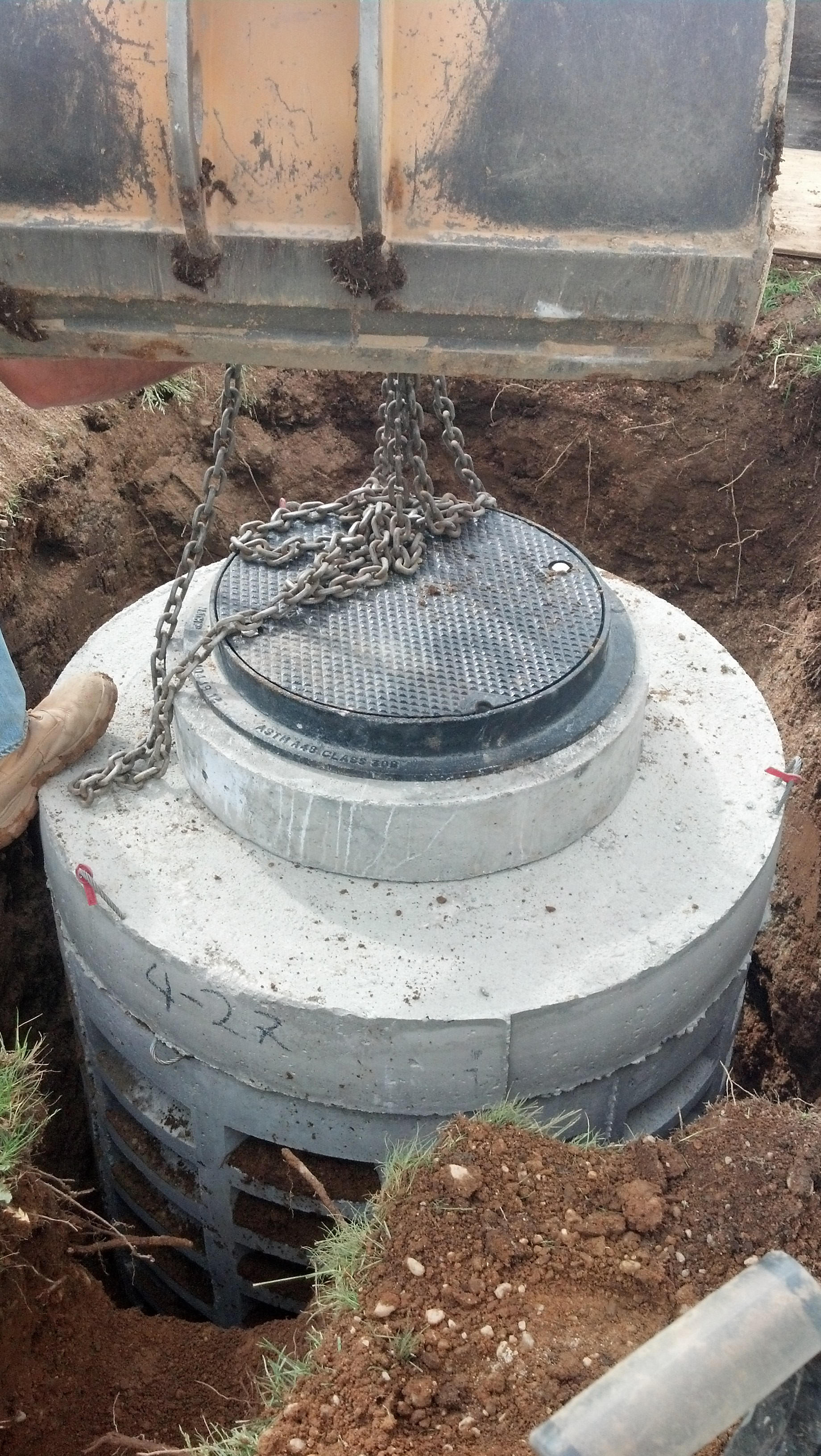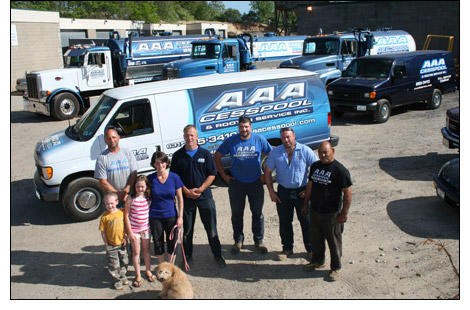When installing a septic tank, you want to make sure that the job is done right the first time so that you can avoid issues down the road. We can help you with all stages of your project, from initial testing to installation completion.
Conserving water can reduce the load on your septic system. For example, you can do laundry over the course of the week instead of all at once, use flow reducer nozzles on your showers, and install low-flow commodes.
In some cases, for ease of transportation concrete septic tanks are cast in two or more pieces and joined on site. In this case, all joints need to be made watertight with a special sealant that is able to remain pliable across a wide range of temperatures.
While liquid goes out of your septic tank to the drain field, it still needs to be pumped and cleaned every so often. The exact schedule for this will vary depending on the size of your tank and the number of people, but a septic expert can help you figure out the best schedule.
It’s important to remember that if any of the pipes in your drain field become clogged, effluent may not be able to leave the septic tank as easily as is necessary. Let’s talk about how quickly we can correct the issue so that you don’t have to worry about messy backups into your home.












